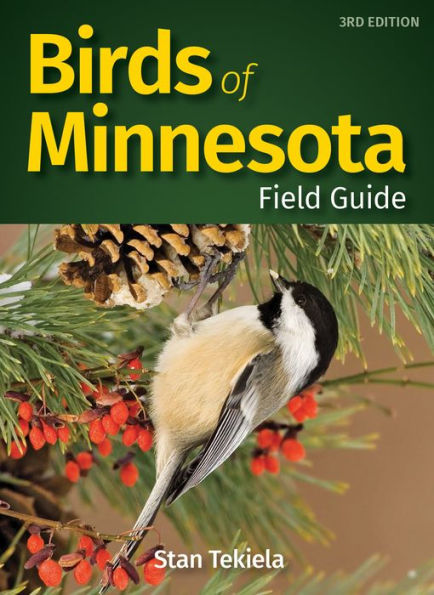5
1

Birds of Minnesota Field Guide
328
Birds of Minnesota Field Guide
328Paperback
$13.49
$14.95
Save 10%
Current price is $13.49, Original price is $14.95. You Save 10%.
13.49
In Stock

Product Details
| ISBN-13: | 9781591938972 |
|---|---|
| Publisher: | Adventure Publications, Incorporated |
| Publication date: | 04/09/2019 |
| Series: | Bird Identification Guides |
| Pages: | 328 |
| Sales rank: | 77,511 |
| Product dimensions: | 4.40(w) x 5.90(h) x 0.90(d) |
About the Author
From the B&N Reads Blog
